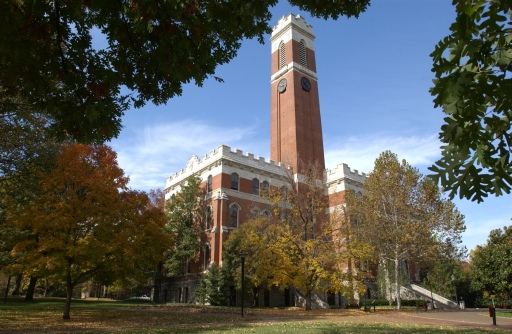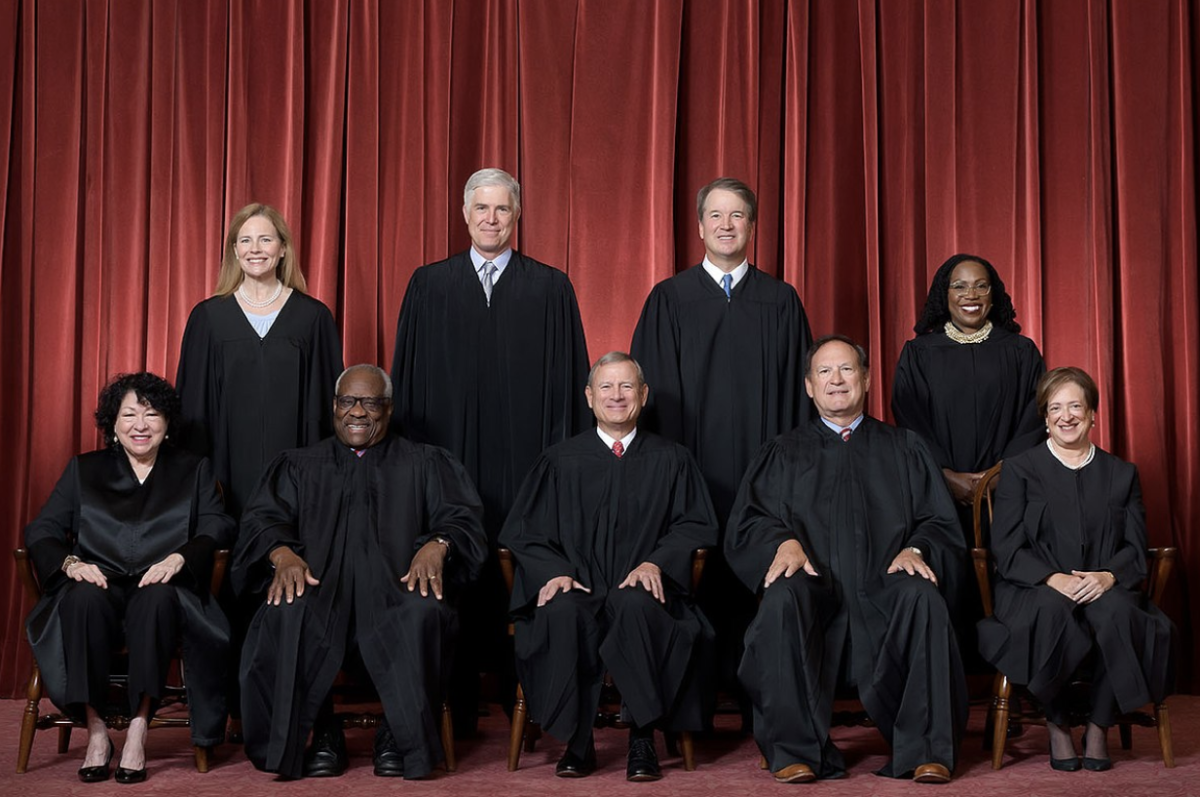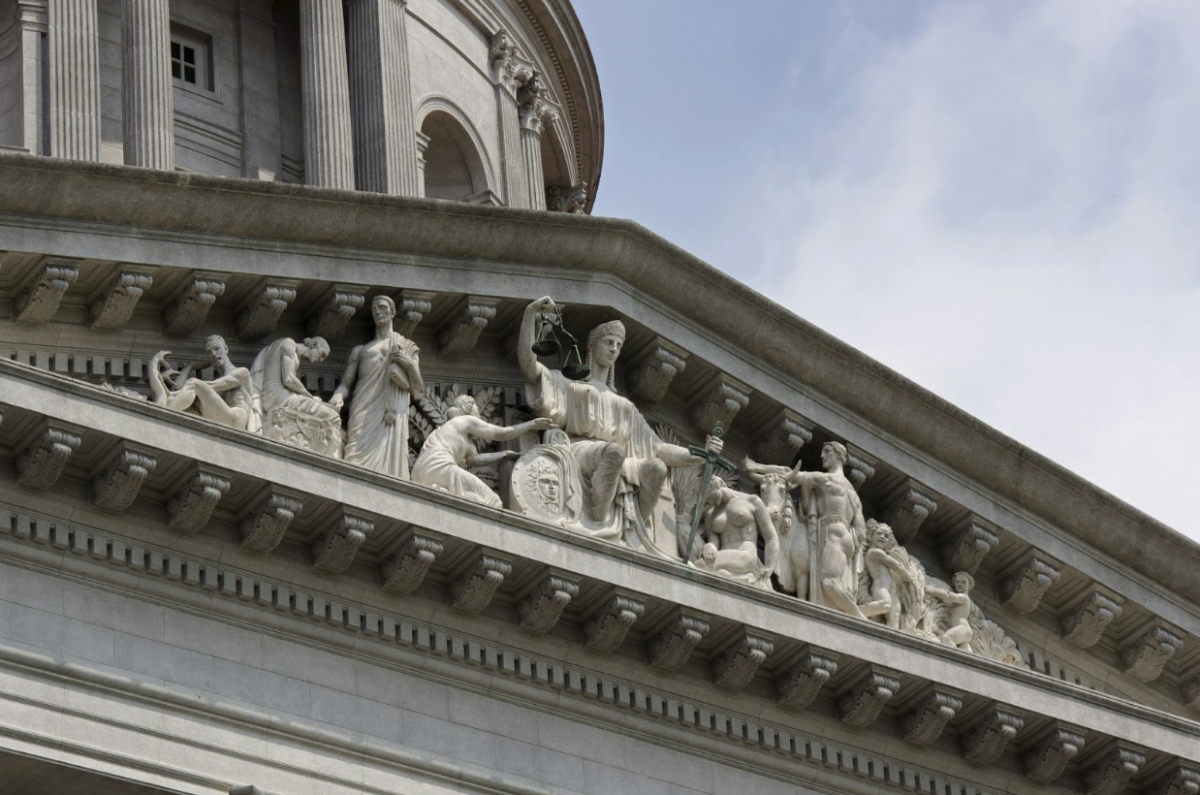Although the Constitution bears no mention of it, and the Supreme Court has deemed it to not be a fundamental right (San Antonio Independent School District v. Rodriguez, 1973), education is viewed by most Americans as a core pillar of society. Continuing this education, however, will likely become infeasible for many Americans as the price tag on a higher education skyrockets. According to a recent study by the Schwab Center for Financial Research, those born in 2014 can expect the cost for an in-state public university to total $302,000 for their four years, and almost $600,000 for the private counterparts. While these figures are certainly staggering, they should come as no great surprise to many, as these costs have been increasing at nearly 6% per year, more than triple the average rate of inflation in the United States. This astounding growth has led to an estimated collective student debt total amongst Americans of over $1 trillion.
What has caused this sharp increase in the price of higher education? Economists and systemic analysts have pointed to a number of reasons as to why college tuition has escalated across the American university system. In a race to attract the world’s best and brightest young students many American universities are rapidly building new academic, recreational, and residential facilities in the “Harvardization” of campuses aimed at building prestige. This analysis has also shown an uptick in tuition to subsidize increasing athletic budgets and growing university administrations. For example, the cost of administration per student has soared by 61% in real terms between 1993 and 2007, accounting for a sharp growth in administration salary and support staffs. Further, research by Professor Jeff Smith at University of South Carolina Upstate showed that the 227 member institutions of the Division I of the NCAA collected more than $2 billion of athletic fees from their students in 2010-11, a figure that is nearly guaranteed to grow as the arms race of collegiate athletics escalates. While some of these expenditures, such as campus development and support resources, contribute directly to the college experience, many of these increasing expenses simply produce no direct benefit to the average student that bears much of the cost.
How does this compare to the cost of higher education in other nations? In an affordability metric of higher education that accounts for average tuition, median incomes, living costs, and grant availability, the United States ranks second to last among developed nations, finishing ahead of only Mexico and tied with Japan. Additionally, US institutions have the highest education costs among this same group of countries. Even considering the overwhelming number of the world’s elite colleges that reside in the United States compared with other countries, these metrics indicate a much higher subsidization of higher education costs in conjunction with a more firm grip on controlling costs in many other developed nations.
The residual effects from this extreme growth in tuition costs have contributed not only to a widening chasm between those who can and cannot afford to pay, but also to limited economic growth through the hindrance of student loan accumulation on individual’s spending power. According to a recent report by the Consumer Financial Protection Bureau, these debt levels have restricted many millennials from buying homes, starting small businesses, and starting families. This, coupled with higher unemployment rates for recent college graduates (13.3% for the Class of 2012), has led to stagnating levels of economic growth.
There is no question that this problem poses a threat to both societal equality and mobility, as well as economic growth, so what is being done to solve it? In a plan introduced during a 2012 State of the Union address, President Obama vowed to put pressure on colleges to control the rising tuition costs by linking affordability and value with federal financing. More recently, the Obama administration has drafted a proposal of a plan that ties federal financial aid to students based on their institution’s corresponding rating that is determined on measures such as tuition, graduation rate, earnings of graduates, and percentage of lower-income students. While this plan is certain to draw the ire of most colleges, and leaves the door open to a myriad of unintended consequences, the administration views it as a viable way “to stop subsidizing schools that are not producing good results, and reward schools that deliver for American students and our future”.
With a stagnating Congress unlikely to pass such reform, bipartisan legislation that attacks this issue is imperative to control the growing tuition problem. While the problem has many intricacies that differ from institution to institution, a plan that cuts out the extraneous costs that do not directly enhance the student experience may be our best bet.
[Image Credit: http://nashvillepublicradio.org/wp-content/uploads/2012/03/Vanderbilt-Photo-Neil-Brake1.jpg]








